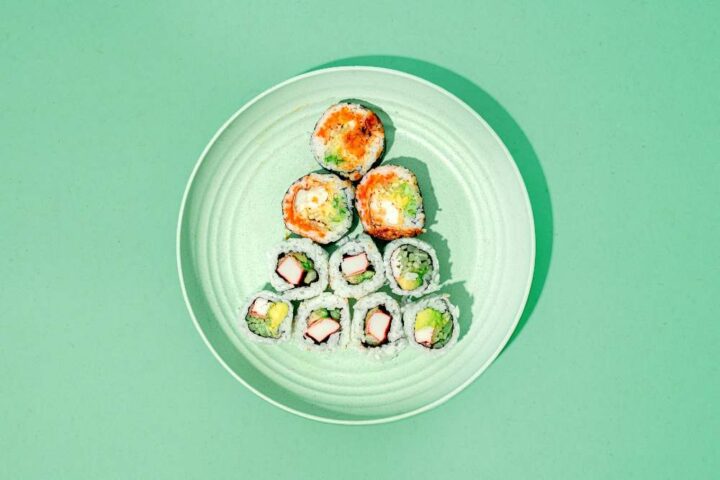What Is The Difference Between Japanese And Chinese Food
Love Asian food but get mixed up between Chinese and Japanese dishes? You’re in good company! Let’s clear up the confusion with concise, punchy explanations.
Both Chinese and Japanese cuisines boast distinct flavors and cooking methods, making it tricky to distinguish between the two. This piece dives into the cultural and culinary contrasts, spotlighting the essential ingredients, cooking techniques, and regional dishes that set each apart, showcasing their delicious uniqueness.

What are the biggest differences between Japanese and Chinese cuisine?
Chinese and Japanese cuisines stand as two of the globe’s most beloved Asian culinary arts, each marked by distinct tastes, methods, and cultural impacts.
Though both cuisines feature staples like rice and noodles, numerous differences distinctly set them apart.
The culinary philosophies differ greatly: Chinese cuisine is known for its hearty, flavorful, and spicy dishes that offer complexity, while Japanese cuisine prioritizes refinement, delicacy, and a minimalist approach to achieve balance and simplicity.
Moreover, the culinary distinctions between Chinese and Japanese food extend to ingredient choices, cooking methods, and presentation styles, all of which will be delved into with more detail in the subsequent sections.

Chinese and Japanese cuisines at a glance
China and Japan both boast a diverse array of regional cuisines, each highlighting the unique flavors and culinary traditions of their various locales.
China features eight major regional cuisines, each known for its unique tastes and cooking methods. Highlights include Beijing’s Peking duck, Sichuan’s Kung Pao chicken, and Shanghai’s Xiaolongbao (soup dumplings), among others.
Japan also has a rich tapestry of regional cuisines, shaped by local ingredients and cooking techniques. Notable examples include Tokyo’s sushi and sashimi, Osaka’s okonomiyaki (savory pancakes), and Hokkaido’s renowned ramen, showcasing the country’s culinary diversity.
What are the cooking styles and key ingredients used in both countries?
Chinese cuisine relies on staples such as rice, noodles, soy sauce, vinegar, ginger, garlic, and a variety of spices. The techniques to prepare these dishes are diverse, including stir-frying, steaming, boiling, and roasting, each contributing to the rich tapestry of Chinese culinary tradition.
Chinese cuisine often plays with a mix of textures, blending crispy with tender or soft with chewy, aiming to offer a comprehensive and satisfying eating experience.
Japanese cuisine features essential ingredients like rice, seafood, soy sauce, miso, sake, and wasabi. Its cooking methods tend to highlight the ingredients’ natural tastes, focusing on simplicity with techniques such as grilling, boiling, and simmering to preserve and accentuate the flavors.
In Japanese cuisine, the art of presentation is key, with dishes often presented in beautifully artistic and elegant layouts, reflecting a deep emphasis on visual appeal.
How do these two culinary traditions fuse?
Recently, fusion cuisine that mixes Chinese and Japanese flavors has surged in popularity, with chefs creatively blending the traditional tastes of both to craft innovative dishes.
Japanese ramen meets Chinese spices. Sushi rolls get a Chinese filling twist. Hot pot goes Japanese with unique ingredients.
Fusion cuisine brings together bold, unexpected flavors, creating dishes unlike any traditional fare.
Chefs mix the familiar with the new, crafting dishes that blend Chinese and Japanese tastes for a fresh, innovative dining experience.


